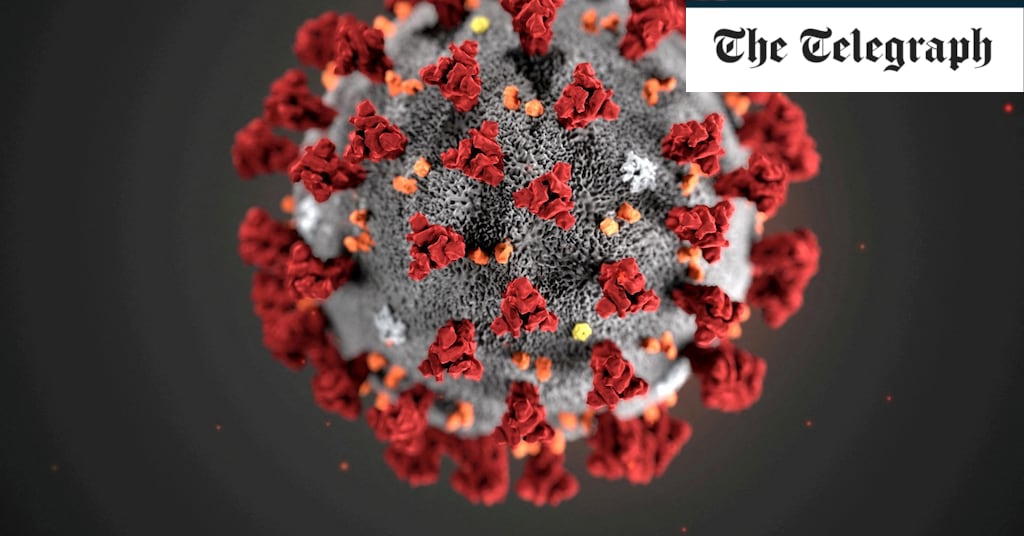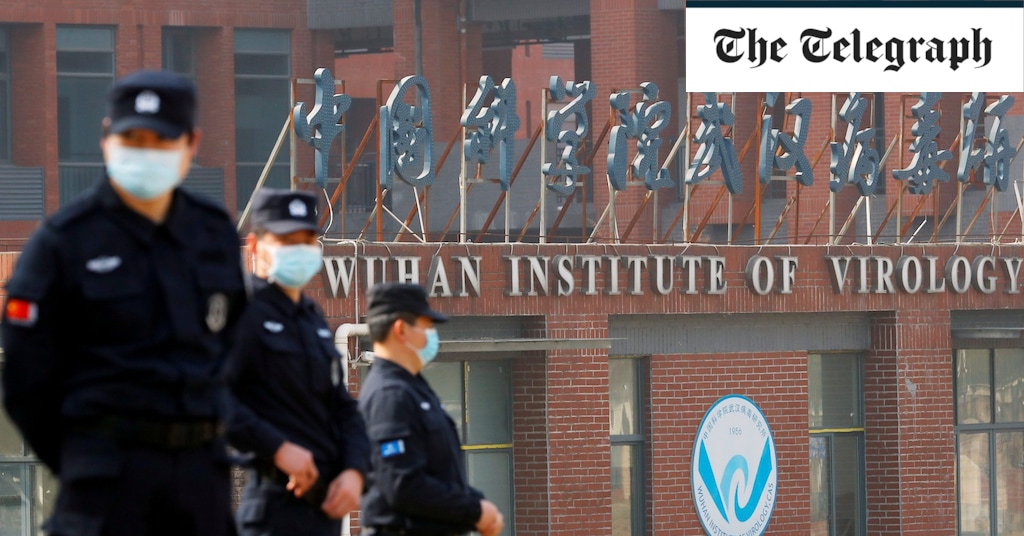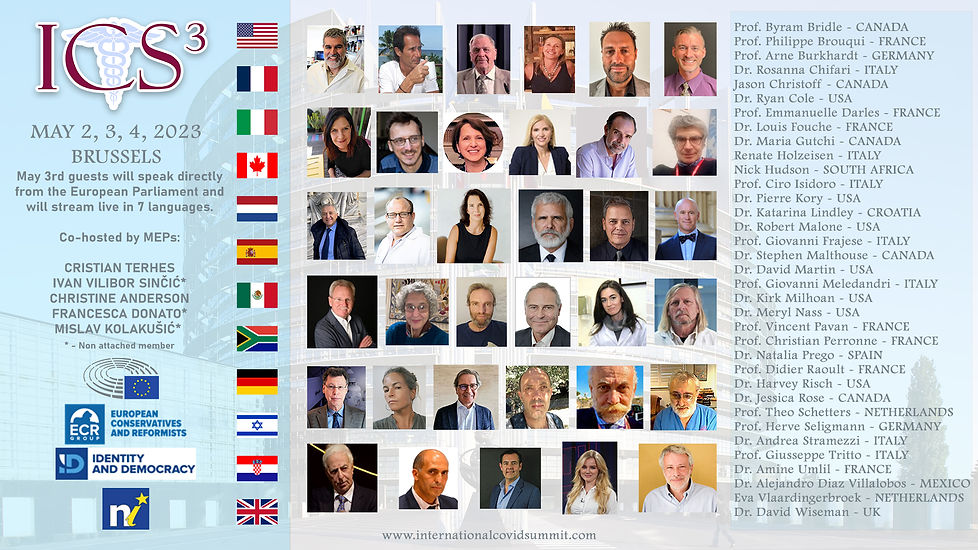Iain
Jedi
Chinese researchers have discovered both similar and identical furin cleavage sites in betacoronaviruses collected from bats.

 www.telegraph.co.uk
www.telegraph.co.uk
Essentially the researchers conclude that the furin cleavage site found in SARs-CoV-2 can occur naturally and does so in a number of different related coronaviruses.
Since these viruses are not SARS-COV-2, but distant relatives in other groups of coronavirus they do not look at the potential of these viruses becoming zoonotic.
The furin cleavage site is not unique to SARS-CoV-2, so could have been taken from these betacoronaviruses and recombined with SARS-CoV-2, making it more infectious. We already know how adept coronaviruses are at exchanging genetic material between themselves. Seems plausible that researchers were trying to mix parts of these various coronaviruses together, rather than trying combine unrelated viruses (not that I doubt someone could be doing just that - but it looks like this would be a much easier and more reliable approach to take).

Chinese scientists find ‘suspicious’ feature of coronavirus in the wild
The so-called ‘furin cleavage site’ is a natural occurring phenomenon, says new study
Essentially the researchers conclude that the furin cleavage site found in SARs-CoV-2 can occur naturally and does so in a number of different related coronaviruses.
“Bat CoV CD35 is so far the closest relatives of Sars-CoV-2 with a polybasic furin-like site, strongly suggesting that the cleavage site is of natural origin,” say the authors.
Since these viruses are not SARS-COV-2, but distant relatives in other groups of coronavirus they do not look at the potential of these viruses becoming zoonotic.
The furin cleavage site is not unique to SARS-CoV-2, so could have been taken from these betacoronaviruses and recombined with SARS-CoV-2, making it more infectious. We already know how adept coronaviruses are at exchanging genetic material between themselves. Seems plausible that researchers were trying to mix parts of these various coronaviruses together, rather than trying combine unrelated viruses (not that I doubt someone could be doing just that - but it looks like this would be a much easier and more reliable approach to take).
Prof Jonathan Ball, a professor of virology at the University of Nottingham who was not involved in the study, said: “Possession of a potential furin-cleavage site is clearly not unique to Sars-CoV-2, and can be found in other species of coronaviruses, as this study confirms.
“Coronaviruses are adept at exchanging genetic material through a process we call recombination,” he told the Telegraph. “This is an effective way for the virus to gain potentially advantageous blocks of genetic material from other coronaviruses – genetic changes that enable it to acquire new behaviours, for example the potential to infect and transmit in new species.
“It should not surprise that Sars-CoV2 most likely arose following recombination between one or more ancestral sequences circulating in bats and probably another, unknown, intermediate host, one of which already possessed the furin cleavage site,” Prof Ball said.
While there is no conclusive evidence confirming whether the pandemic began with a natural spillover or a laboratory link, the research comes amid a flurry of research offering new clues.






